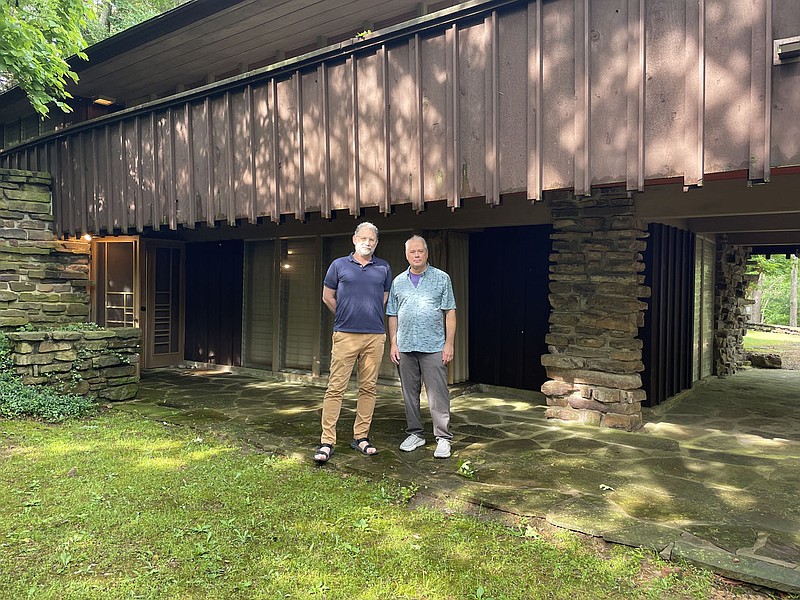The lower part of the house is cavelike, small and dark. Your body senses it and feels a little compressed. As you rise to the top level, the house transforms.

Spotlight
May 14, 2023 at 1:15 a.m.

The lower part of the house is cavelike, small and dark. Your body senses it and feels a little compressed. As you rise to the top level, the house transforms.